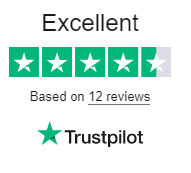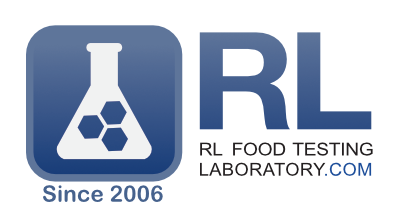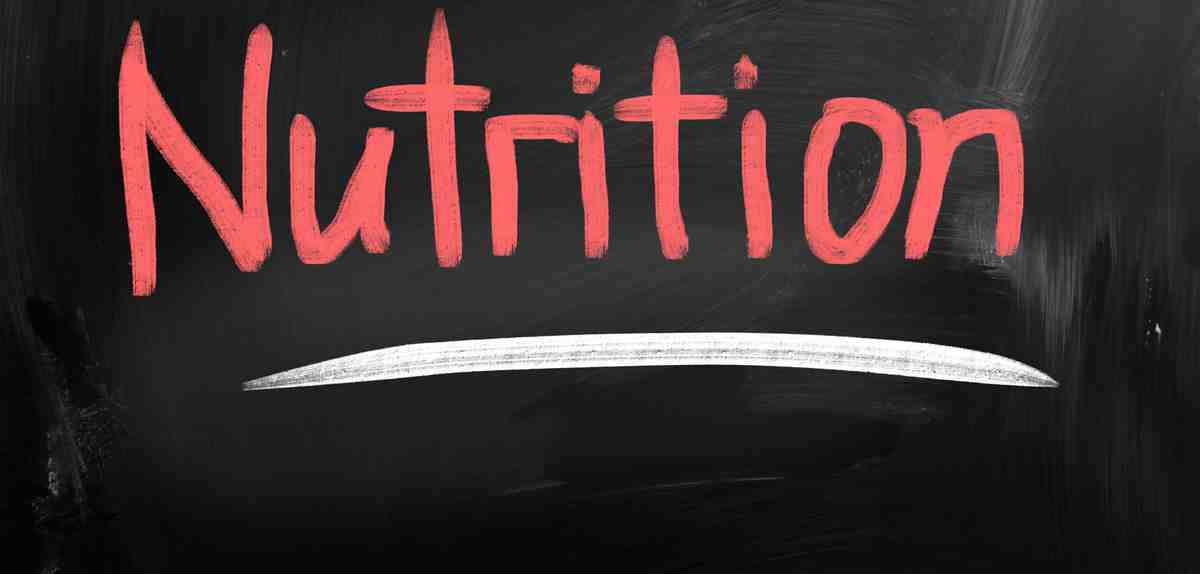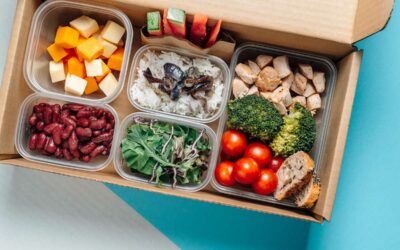As you’re getting ready to sell your product, you may wonder where – or how – you will get the information to put on your product’s Nutrition Facts panel. For example, how are you supposed to figure out how much calcium is in your product?
To find this information and create an FDA nutrition label for your product, you will need to conduct a nutrition analysis of your product. Doing this analysis using a method that is approved by the FDA will ensure that you comply with FDA labeling requirements. RL Food Testing Laboratory can help you do this in one of two ways:
How to Meet FDA Requirements
One FDA-approved method is a full Nutritional Analysis of your product. This analysis is done in a food testing lab and uses well-established chemistry-based tests to determine the value of each of the components (e.g., total sugars, % daily value of Vitamin D, etc.) you will need to list on your Nutrition Facts panel.
Another method, which is also approved by the FDA for nutrition analysis, is Database Analysis. This method uses a massive, FDA-approved database containing the nutrition information for thousands of different ingredients. This method allows the analyst to make a nutrition label based on a recipe, calculating the values needed for an FDA nutrition label based on the nutrition information from each ingredient in the database.
Two Methods of Food Labeling
At RL Food Testing Laboratory, we are well-equipped to create nutrition facts labeling using either of these methods and have years of experience in both. However, it’s important to pick the right method for your product – it could save you a lot of time and money!
For most products, the Database Analysis method can supply all the information needed to create a nutrition label that meets FDA label requirements. Since this option is usually much cheaper and faster than doing a full Nutritional Analysis in the food testing lab, most companies will opt to use this method to make their nutrition facts label.
However, some products may require a full Nutritional Analysis in a food test lab. Usually, these are foods or drinks that have been specially processed in a way that will significantly change the nutritional values of their ingredients. In this category, you’d find foods that are deep-fried, brewed, fermented or cultured, brined or pickled, dehydrated, or filtered. Nutritional Analysis via lab food testing (rather than using a database) is needed because the nutrient values in the original ingredients have been altered by that processing – so they no longer match the nutrient values found in an FDA-approved nutrition labeling database. If your product falls into any of the processing groups listed above, you will want to make sure you talk to your RL representative about the full Nutritional Analysis at our food testing lab in order to provide you with an accurate FDA nutrition label.
Specially processed foods are not the only kind that might need a lab-based Nutritional Analysis, though! Another common reason you may need lab food testing is having a recipe that uses foreign ingredients. While simply being from out of the country doesn’t warrant a full Nutritional Analysis, these products usually aren’t in FDA-approved nutrition labeling databases. Therefore, if the labels on these foods don’t show values for each of the nutrients that are required for the Nutrition Facts label in the United States, you will need to do some food testing to fill in any gaps. This often happens because a different country’s rules about which nutrient values are included on a label might be different from the U.S.’s FDA labeling requirements. When you’re getting ready to make a new nutrition label with us, make sure to check the labels on each of your ingredients to verify that each one shows all the nutrient values that you would find on a typical FDA Nutrition Facts panel.
More information on the different methods of nutrition analysis can be found in the Code of Federal Regulations, in Title 21 part 101.9 (https://www.accessdata.fda.gov/scripts/cdrh/cfdocs/cfcfr/CFRSearch.cfm?fr=101.9).
If you are ready to begin, call or email us and we will be happy to help you get what you need to sell your product(s)!







